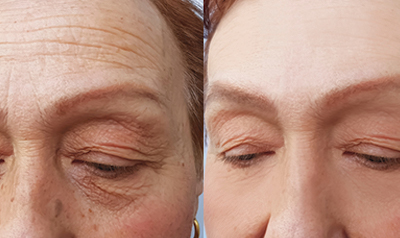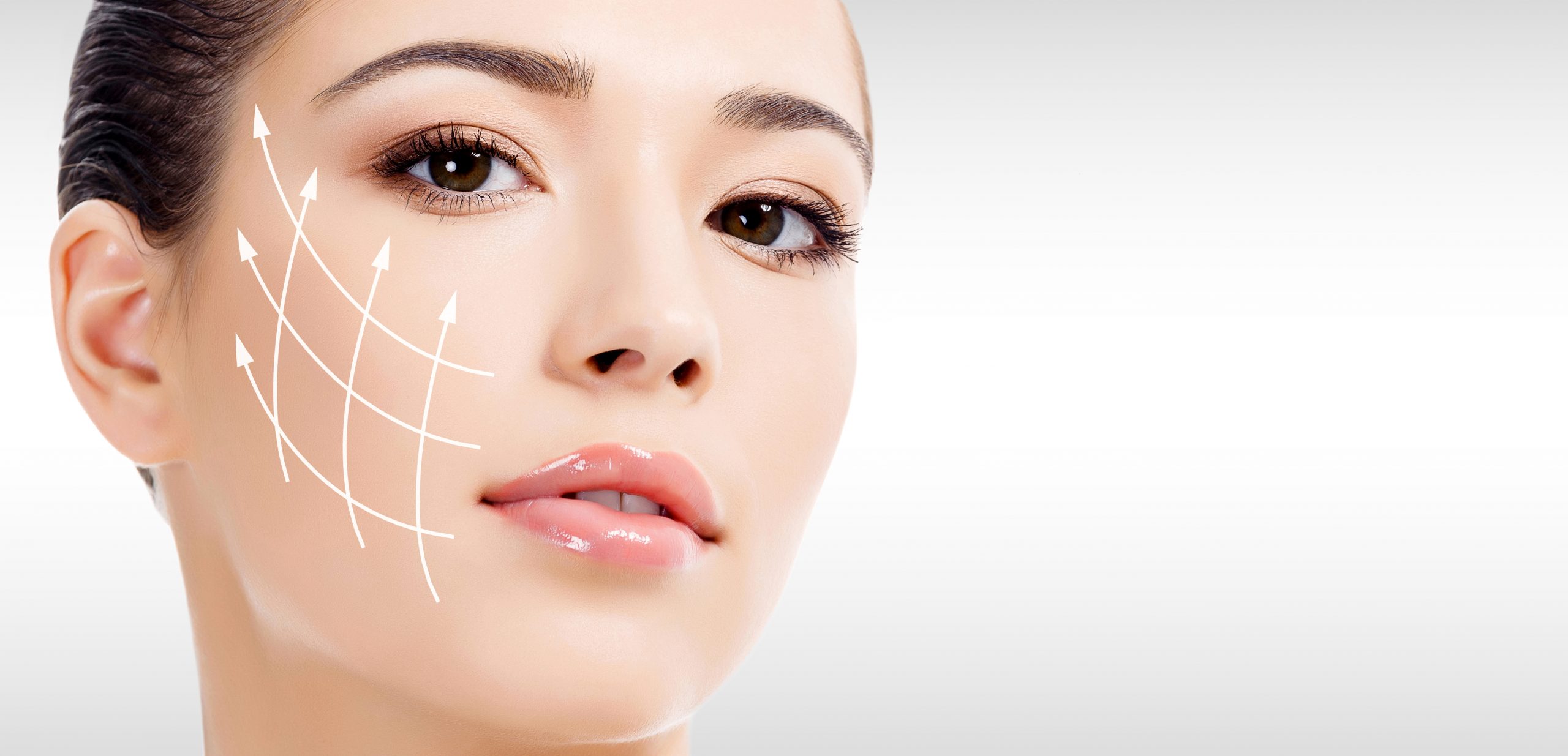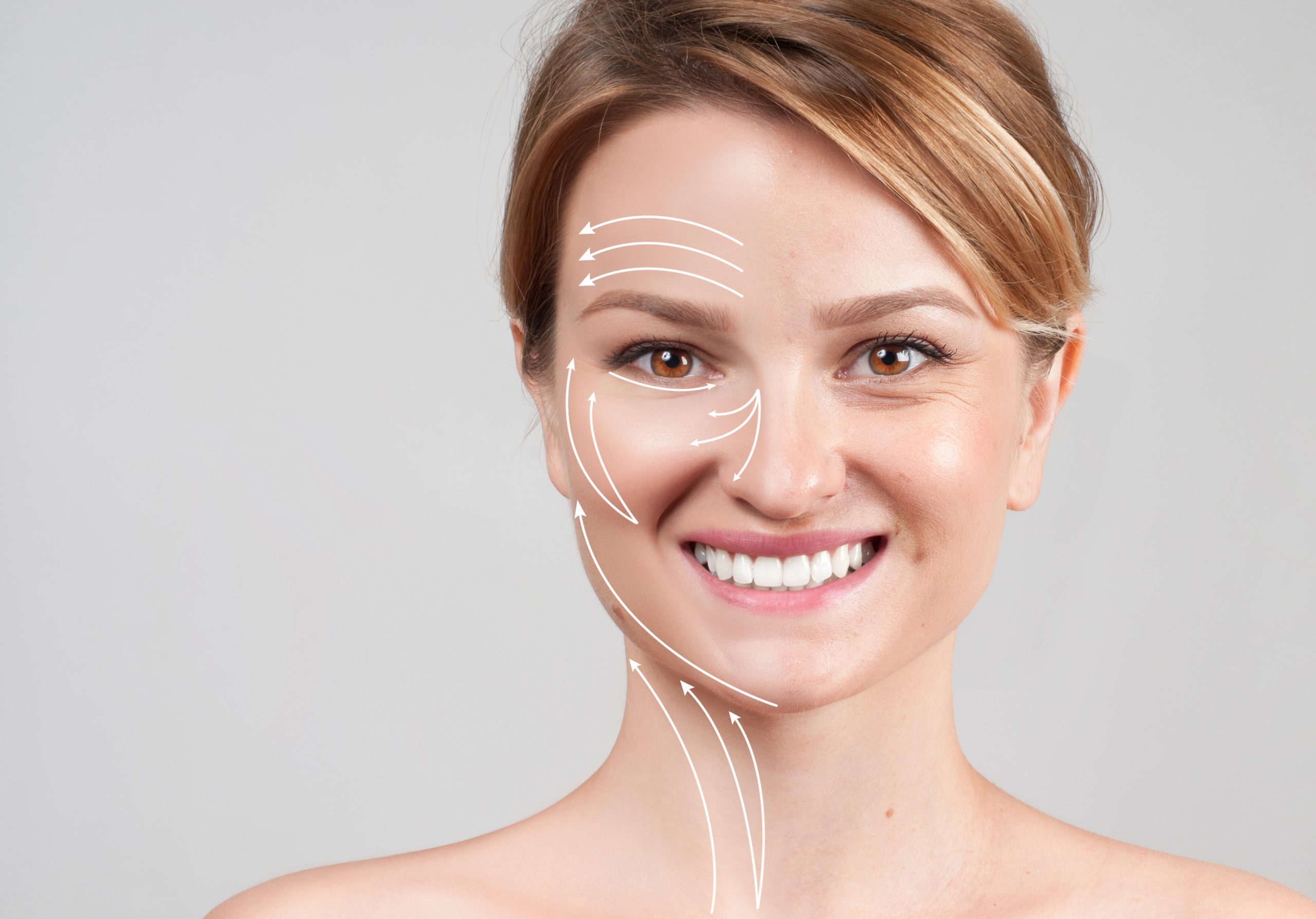What is Botox?

Whether it’s the lines between your brows or the crow’s feet around your eyes, the signs of aging can make you feel older than you are. At Evolution MedSpa Boston, Dr. Eric Cappiello and Dr. Mariam Cappiello use BotoxⓇ to stop the signs of aging. If you’re live in or near Natick, Massachusetts, or the Boston Metro area, contact the team at Evolution MedSpa Boston to see if Botox is right for you. Call to schedule your initial consultation or book online today.
What is Botox?
What is Botox?
Botox is a purified protein that’s injected just beneath the skin at precise points to soften wrinkles and reduce the appearance of fine lines. This neuromodulator interrupts signals from nerves that tell muscles to tighten, which is what causes most of your fine lines and wrinkles.
Using a neurotoxin called botulinum toxin, Botox causes the muscles in your face to relax, making your skin smooth and softening the appearance of fine lines, wrinkles, creases, and folds. You see a change in 5-7 days and full improvement within two weeks.
Beyond its cosmetic applications, Botox can also help with certain medical conditions. It’s an effective treatment for:
- Chronic migraines
- Excessive sweating
- Uncontrollable nerve reactions
- Overactive or aggressive bladder

What causes wrinkles and fine lines?
Most people squint, frown, or purse their lips, hundreds of times each day. The repeated muscle contractions that form those expressions pull skin into creases and folds. Over time you develop:
- “Elevens,” vertical lines between the brows
- Horizontal folds on the forehead
- Crinkles at the corners of the eyes
- Smoker’s lip lines
These wrinkles make you look older, tired, or unhappy, but can be reversed with the FDA-approved Botox treatment.
.
What are the benefits of Botox?
Botox has many benefits, especially when compared to other, more invasive anti-aging treatments. Some of the most common include:
- Time tested: FDA approved since 2002
- Safety: 6.7 million procedures performed each year in the United States
- Convenient: Treatments take an hour or less
- Long lasting: Results that last 3-6 months or more
- Natural look: Physician experience leads to natural-looking results
- Versatile: Use alone or with a comprehensive rejuvenation plan

What are the side effects of Botox?
Botox can cause some side effects, although they tend to be mild and short-lived. These include slight redness, bruising, and puffiness in your treatment areas. In some cases, drooping eyelids and skin stiffness are common. Some people may experience headaches, nausea, or upset stomachs after a Botox treatment.
If you’re ready to free yourself from frown lines and crow’s feet, it’s time to consider Botox. Contact Evolution MedSpa Boston today by calling the office or booking your appointment online.
How much does Botox cost?
$250+
Botox Before & After Gallery

Board Certified
Harvard Trained
Botox FAQ
Get in touch with us at
info@evolutionmedspaboston.com and we’ll be happy to guide you!
Contact us at info@evolutionmedspaboston.com
